Aerospace Imaging and Diagnostics
Calibrated optical measurements for aerospace operations and research
I design and implement portable precision tracking hardware, star-tracking software, and state estimation algorithms to analyse spacecraft re-entry, vehicle launches, and atmospheric break-up debris.
I’ve worked alongside leading aerospace organisations from around the world on their campaigns, including:
- OSIRIS-REx capsule re-entry (2023, NASA)
- NG-20 ISS resupply capsule re-entry (2024, Northrop Grumman and University of Kentucky)
- Bolt-1b experimental hypersonic rocket launch (2024, John Hopkins Applied Physics Laboratory)
- Varda W-2 capsule re-entry (2025, Southern Launch)
Ground imaging stations can be preciesly calibrated at night by star tracking alogorithms, but achieving precision greater than about 10 arcminutes in daylight, or from aircraft is challenging. Therefore, a lot my focus is diected at algorithms and novel Kalman filters with bias correction to produce accurate reconstrctions from imprecise data.
Example of combining mutliple measurements with bias and random error into bespoke state esimation algorithms to provide accurate trajectory reconstruction for hypersonic flight analysis and operational insights.
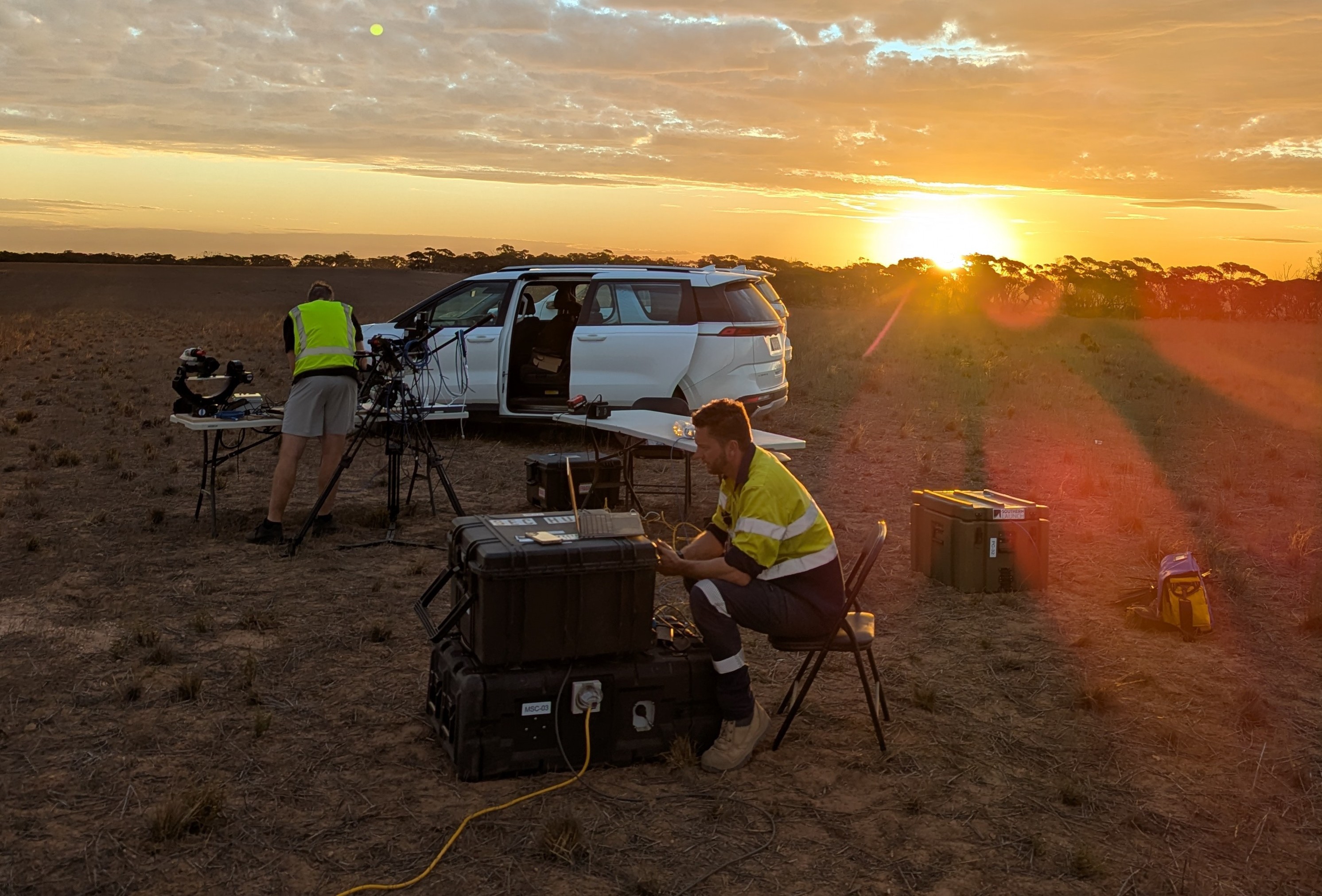

(L) - Ground site for the Varda W-2 observaiton, in collaboration with Southern Launch. (R) - Airborne imaging and diagnostics of NG-20 ISS re-supply spacecraft re-entry and breakup.
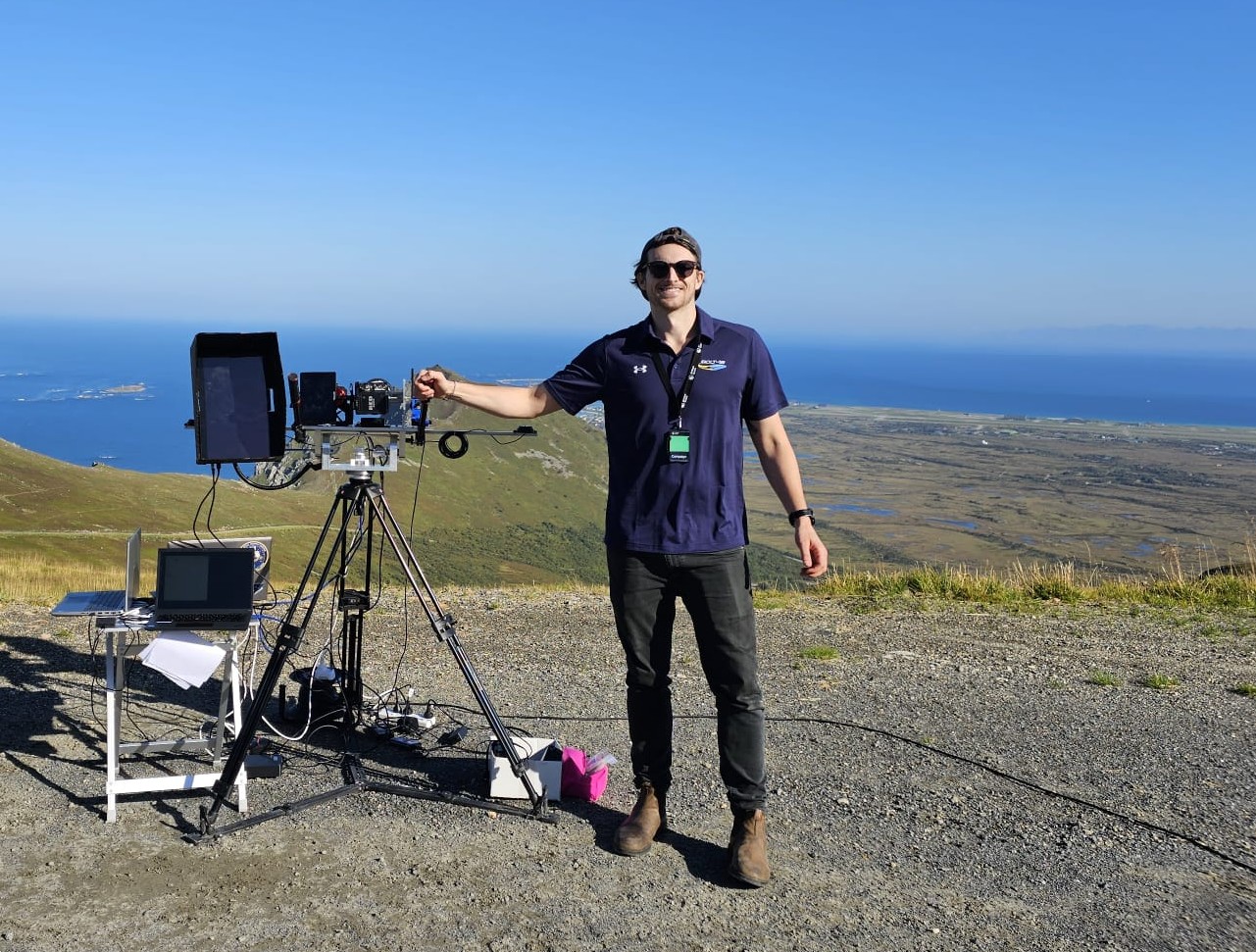
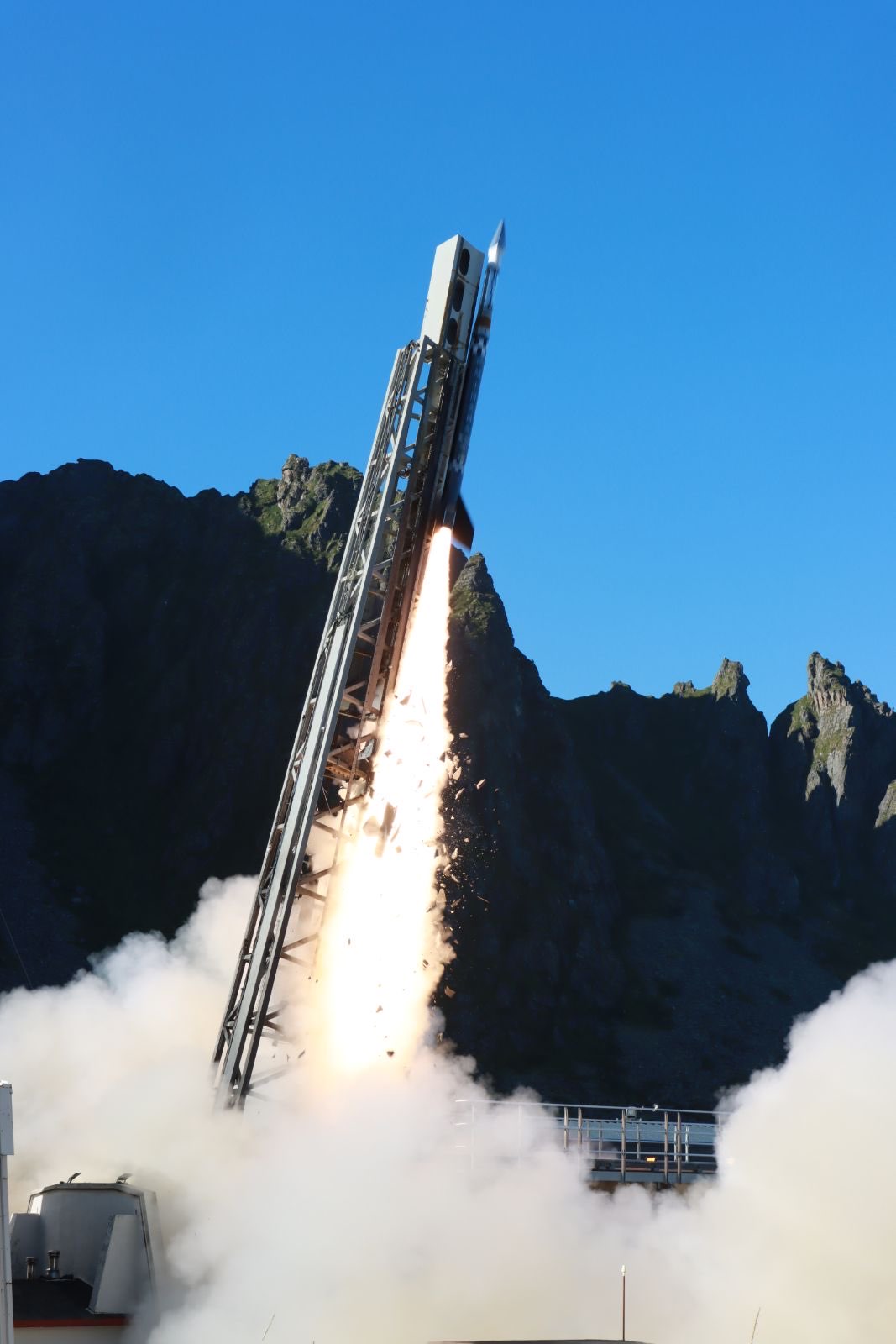
Imaging and launch trajectory and attitude reconstruction for Bolt-1b hypersonic experimental sounding rocket launch.
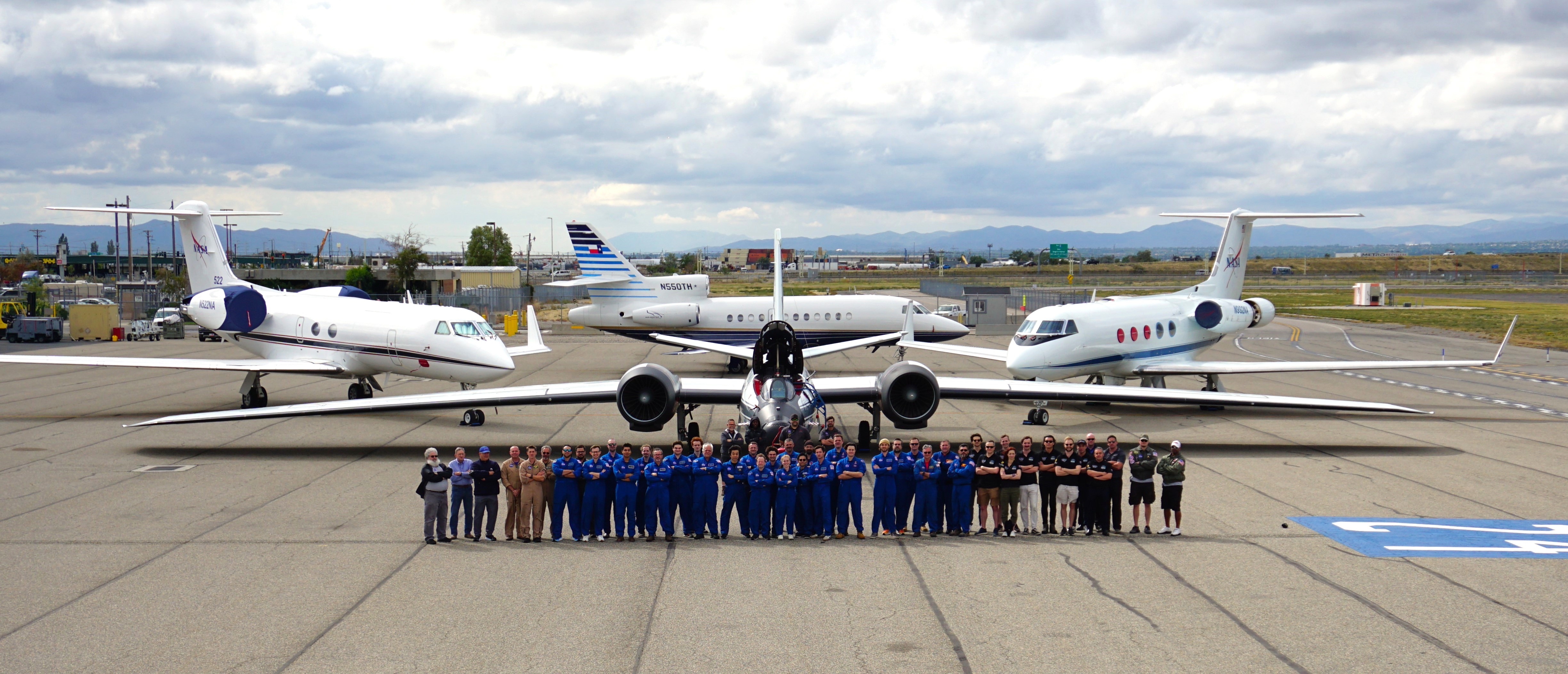
The entire OSIRIS-Rex re-entry observation team, including NASA SCIFLI, JAXA, the University of Southern Queensland, and some other distinguished researchers and guests.
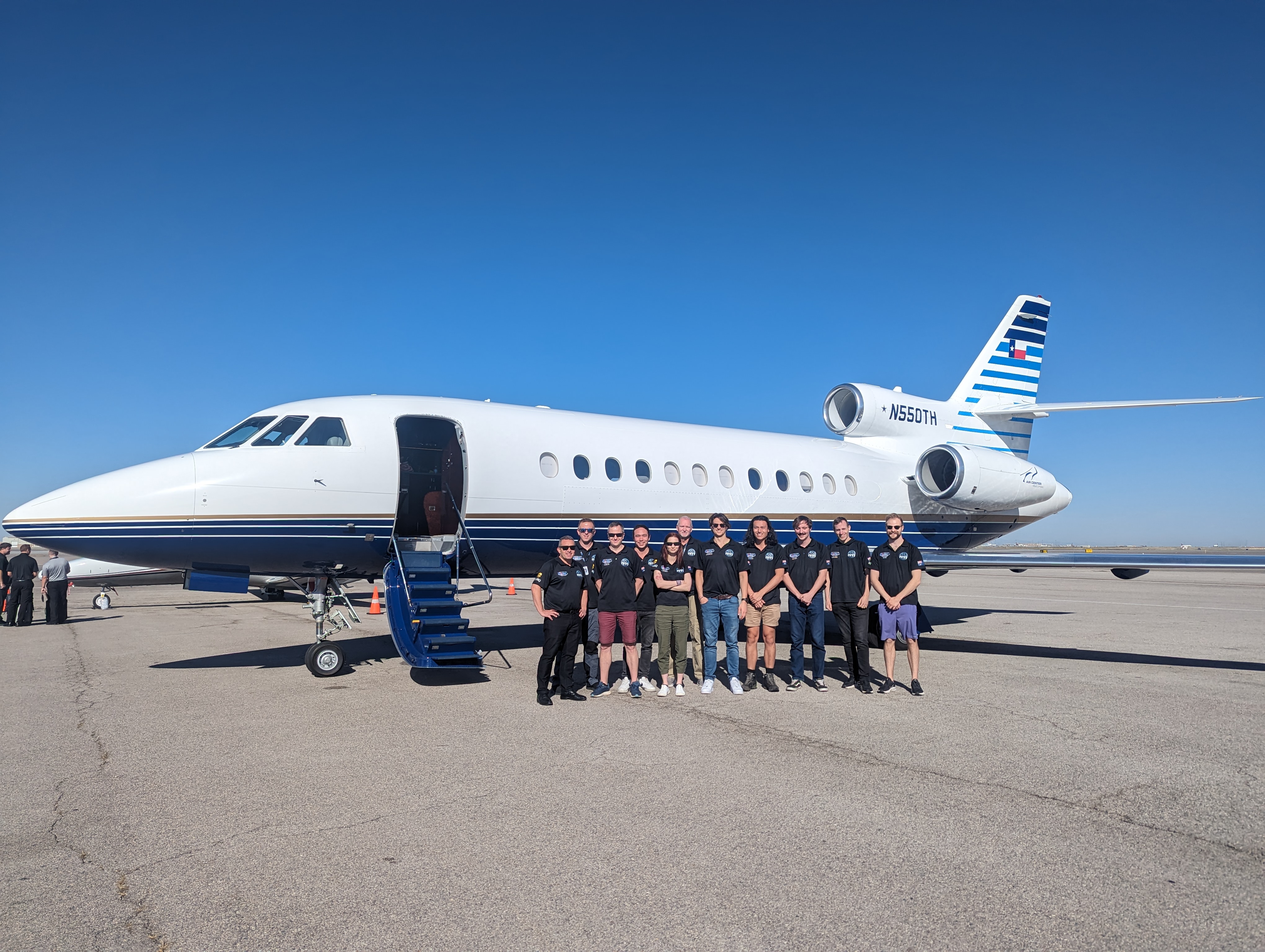
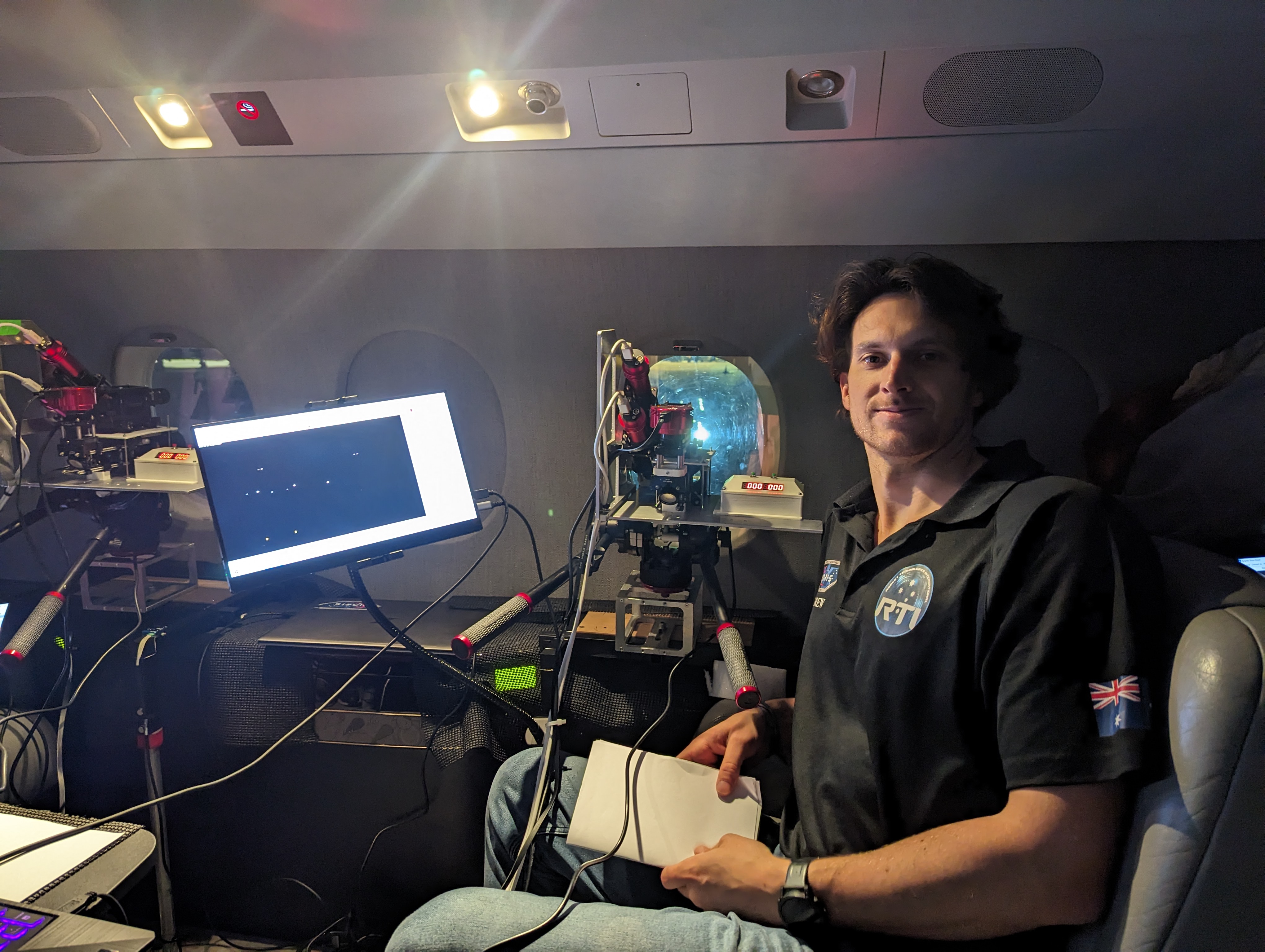
(L) - The UniSQ team for the OSIRIS-REx observation. (R) - Me at the measurement station, 4:30am, on the day of re-entry.